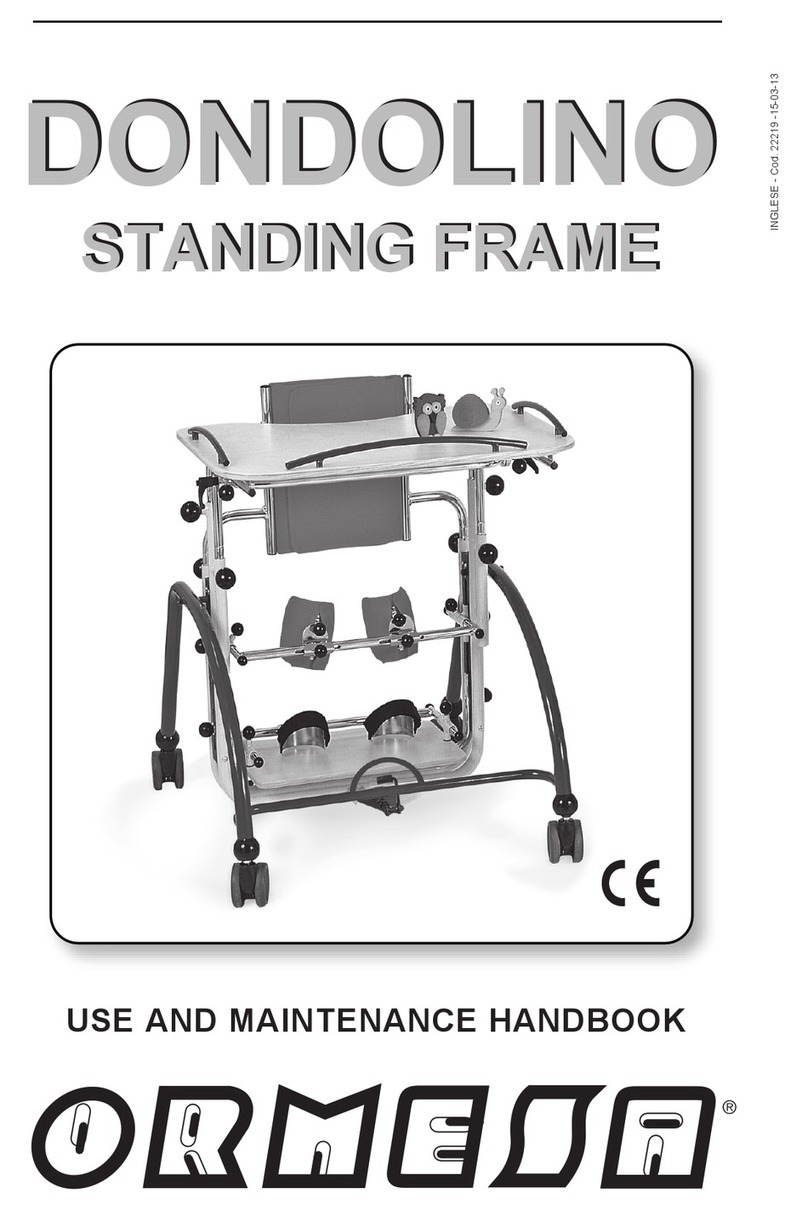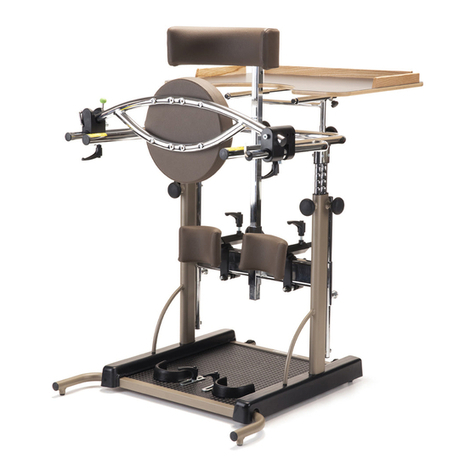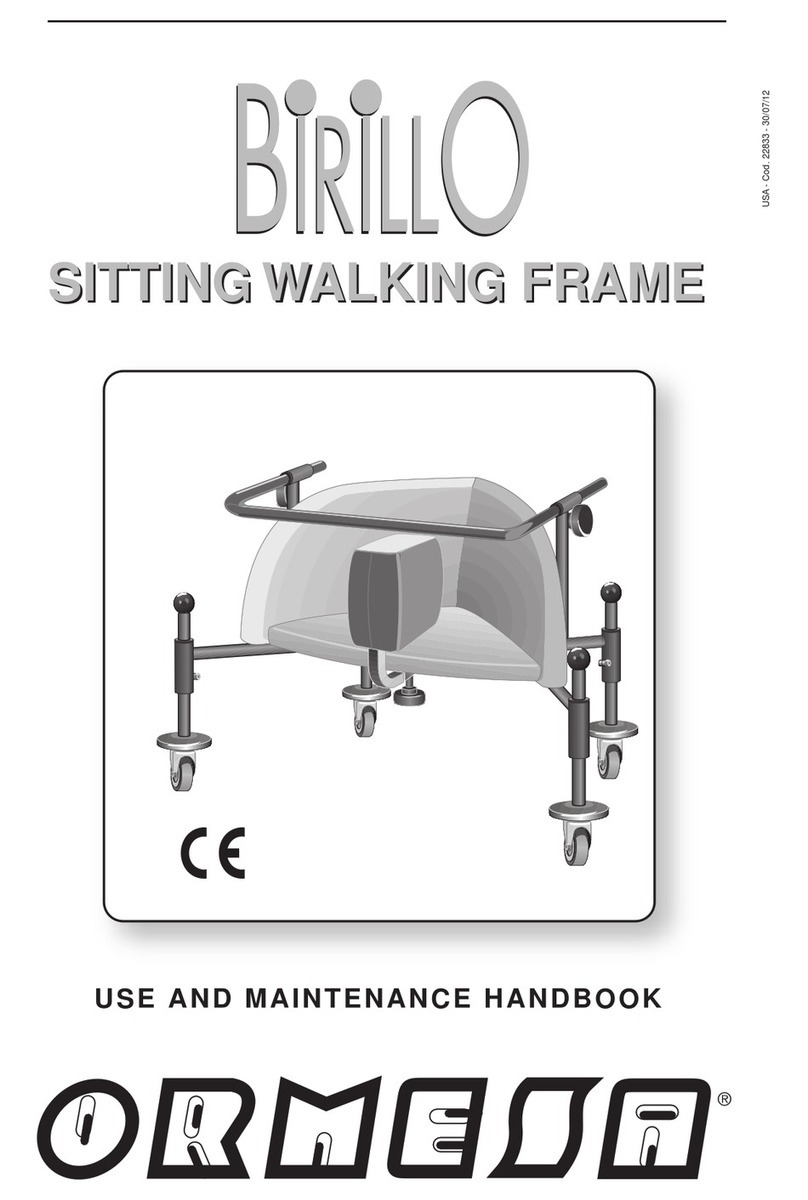
Pag. 2 / 36
INDEX
WARNINGS ...................................................................................................................... 4
GUARANTEE.................................................................................................................... 6
HOW TO STORE AND TRANSPORT THE MEDICAL DEVICE....................................... 6
LABELS AND PLATES .................................................................................................... 7
SOME EXAMPLES OF WHAT SHOULDN’T BE DONE WHILE USING MINI STANDY . 7
HOW IT IS COMPOSED................................................................................................... 8
TECHNICAL SPECIFICATIONS....................................................................................... 8
DIMENSIONS of MINI STANDY....................................................................................... 9
WHAT MINI STANDY IS AND WHAT IT IS FOR.............................................................. 10
HOW MINI STANDY WORKS.......................................................................................... 11
INITIAL PREPARATION................................................................................................... 12
HOW TO ASSEMBLE MINI STANDY............................................................................... 13
HOW TO ADJUST MINI STANDY.................................................................................... 14
HOW TO BRAKE MINI STANDY................................................................................... 15
Adjustment of the HEELRESTS in WIDTH.................................................................... 16
Adjustment of the HEELRESTS in DEPTH ................................................................... 17
Adjustment of the KNEEPADS in WIDTH...................................................................... 18
Adjustment of the KNEEPADS in DEPTH..................................................................... 19
Adjustment of the KNEEPADS in HEIGHT.................................................................... 20
Adjustment of the KNEEPADS in a ROTATORY WAY ................................................. 21
ADJUSTMENT of the TRUNK and PELVIC SUPPORT in its CIRCUMFERENCE........ 22
ADJUSTMENT of the PELVIC SUPPORT in HEIGHT.................................................. 23
ADJUSTMENT of the TRUNK SUPPORT in HEIGHT................................................... 24
ADJUSTMENT of the TRAY in HEIGHT........................................................................ 25

























